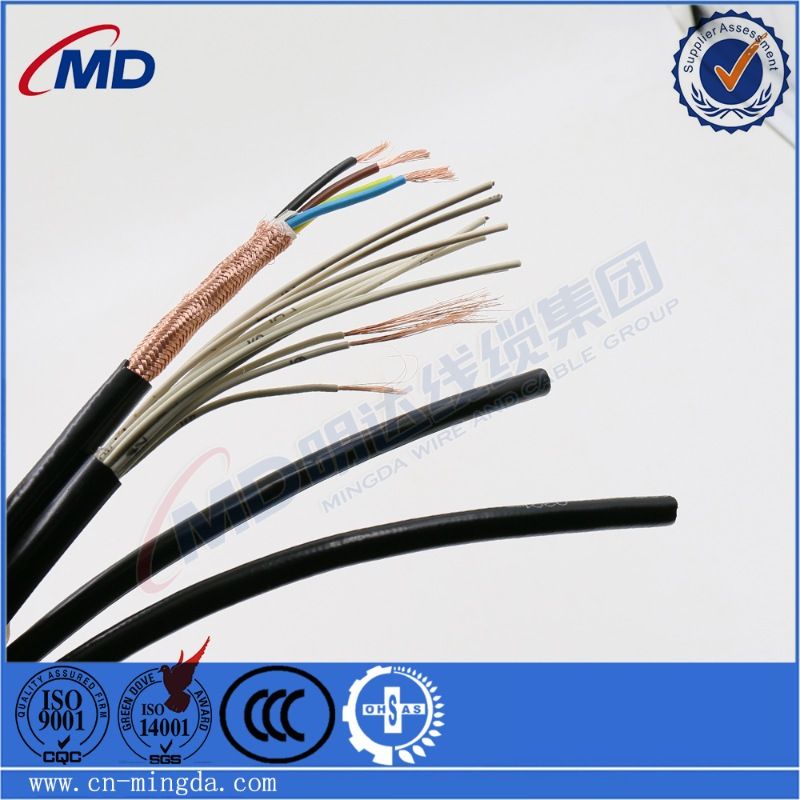Sep . 24, 2024 23:43 Back to list
Similar Design Concepts for Double Plate Check Valve Applications and Performance Analysis
Understanding Double Plate Check Valves
Double plate check valves are essential components in fluid management systems, serving a critical role in ensuring efficient and safe fluid flow. These devices are designed to prevent backflow, a situation where the fluid flows in the opposite direction, which can cause significant damage to equipment and disrupt operations. Understanding how double plate check valves function, their applications, and their advantages can help in selecting the right valve for various industrial needs.
How Do Double Plate Check Valves Work?
The double plate check valve, also known as a dual plate check valve, consists of two hinged plates that are mounted on either side of a central axis. When fluid flows in the intended direction, these plates open, allowing the fluid to pass through. However, when backflow occurs, the pressure from the reversal causes the plates to close rapidly. This design not only minimizes or eliminates backflow but also reduces the risk of water hammer—a pressure surge that can occur when the flow of fluid is suddenly stopped.
The quick response time of double plate check valves to changing flow conditions makes them particularly effective in various applications. Their installation is generally straightforward, and they can be oriented in any position, which adds to their versatility.
Applications of Double Plate Check Valves
Double plate check valves are found in both industrial and municipal applications. They are commonly used in water treatment facilities, power plants, chemical processing plants, and oil and gas pipelines. Additionally, these valves are suitable for use in HVAC systems and fire protection systems, where they help maintain proper flow and pressure in piping networks.
double plate check valve

In water transportation, for example, these valves are critical in preventing backflow that could contaminate supply lines. Similarly, in the petrochemical industry, double plate check valves safeguard against backflow that may result in hazardous material leaks.
Advantages of Double Plate Check Valves
One of the primary advantages of double plate check valves is their compact design. Unlike traditional swing check valves, which require a considerable amount of space to operate effectively, double plate valves are lightweight and can fit into tighter spaces without compromising functionality. This characteristic makes them ideal for applications with limited installation space.
Additionally, double plate check valves exhibit lower pressure drops when compared to other types of check valves. This efficiency translates into reduced energy costs and improved overall system performance. Moreover, their robust construction ensures longevity and minimal maintenance needs, which contribute to lower operational costs over time.
Conclusion
In summary, double plate check valves offer a reliable and efficient solution for preventing backflow in various fluid management systems. Their unique design, combined with numerous advantages such as compactness, reduced pressure loss, and minimal maintenance requirements, make them a favorable choice across diverse industries. As systems continue to evolve and demand more stringent control measures for fluid dynamics, double plate check valves will undoubtedly remain an integral part of engineering and mechanical solutions in managing fluid flow. Understanding their functionality and applications is crucial for engineers and operators aiming to enhance the safety and efficiency of their systems.
Share
-
Reliable Wafer Type Butterfly Valves for Every IndustryNewsJul.25,2025
-
Reliable Flow Control Begins with the Right Ball Check ValveNewsJul.25,2025
-
Precision Flow Control Starts with Quality ValvesNewsJul.25,2025
-
Industrial Flow Control ReliabilityNewsJul.25,2025
-
Engineered for Efficiency Gate Valves That Power Industrial PerformanceNewsJul.25,2025
-
Empowering Infrastructure Through Quality ManufacturingNewsJul.25,2025